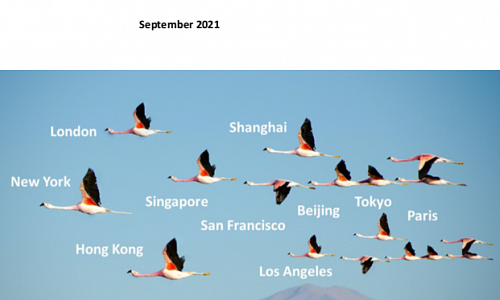 Author: Huang Rui, Postdoctoral Researcher, CDI
Author: Huang Rui, Postdoctoral Researcher, CDI
Editor’s Note: With the concept of mutual benefit and win-win cooperation in the "Belt and Road" initiative, the cooperation between China and Africa in production capacity and equipment manufacturing has developed rapidly following the rules of market. Meanwhile, it has also improved Africa's infrastructure and industrial systems.
Since the implementation of the reform and opening up policy in 1978, China has experienced rapid development as it makes full use of its labor force, resources and market advantages in the past 30 years. With the optimization and upgrading of China's industries, China’s industry has begun to move on to oversea. Africa has gradually become a key destination of China's capital and technology exports. For the further Sino-African cooperation under the "Belt and Road" initiative, China should follow the rules of industry transfer and focus on investment economics and social efficiency.
In recent years, China has built a number of railways and industrial parks in Africa through the cooperation between international capacity and equipment manufacturing. The railways China builds in Africa connect the continent’s ports and resource-rich inland cities. Such a “railway-port” mode provides Africa with advanced transportation basis for industrial development and stimulates the export of China's steel, locomotives, cement and communications equipment. The overseas economic and trade cooperation zones that China has established in Africa are all based in the cities along the railways built by China. They are solid industrial bases for the host countries, meanwhile; further the development of Sino-African capacity cooperation and China’s industrial transfer.
With the development of Sino-African cooperation, China's industrial layout in Africa has gradually unveiled with the combination of railways, ports and industrial parks. There is still room for improvement. First of all, to ensure the sustainability of the "Belt and Road” projects, we should utilize the railway network to prop up the industrial network. Secondly, we should promote the smooth development of industries transferred from China to Africa. Thirdly, as more enterprises settle down in overseas economic and trade zones, we should gradually enhance the combined effect among enterprises for the cooperation of industry chains.








